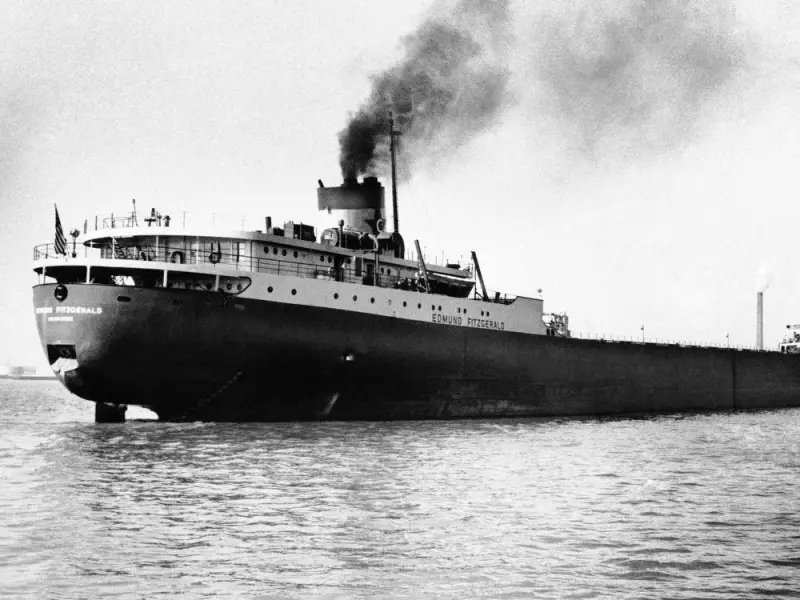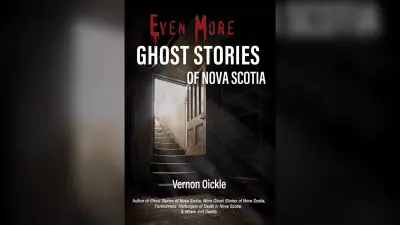
Fifty years after the tragic sinking of the SS Edmund Fitzgerald in the fierce storms of Lake Superior, the legend of the 29 lost sailors continues to resonate across Canada and beyond. This enduring legacy exists largely thanks to an iconic song born from a series of fortunate accidents and divine intervention in a Toronto recording studio.
The Accidental Recording of a Classic
According to Barry Keane, Gordon Lightfoot's drummer for nearly half a century, the world almost never heard The Wreck of the Edmund Fitzgerald. The song came together through what Keane describes as pure serendipity during sessions for Lightfoot's 1976 Summertime Dream album.
Lightfoot initially strummed the unfinished song during rehearsals, telling his band it wasn't ready for the album. Weeks later, after completing 13 tracks, he played it again. It was only when recording engineer Ken Friesen suggested capturing a take 'while we have the studio' that history was made.
The band recorded the song having never heard it before, creating their parts spontaneously. Guitarist Terry Clements and steel guitarist PeeWee Charles harmonized to create the haunting riff that opens the track. Keane recalled waiting for Lightfoot's nod before coming in with his now-famous drum fill that emphasizes the song's tragic narrative.
A First Take That Couldn't Be Beat
The emotional first take, recorded on the spot, became the final version we know today. Subsequent attempts to re-record the song failed to capture the same raw energy and tension. The musicians were deeply moved by Lightfoot's lyrics and performance, though none anticipated the six-and-a-half-minute narrative about lost mariners would become a hit.
The song's journey to radio was equally unexpected. While Lightfoot's label initially considered editing it down, FM stations began playing the full version, and it quickly became a classic. Warner Brothers Records Chairman Mo Ostin played a crucial role in recognizing the track's potential after it was overlooked as a single candidate.
A Lasting Legacy of Safety and Remembrance
Beyond its musical achievement, The Wreck of the Edmund Fitzgerald created a profound human legacy. Keane noted that meeting family members of the lost crew over the years remained deeply emotional for the band.
The song's cultural impact extended to maritime safety. Author John Bacon notes in his book Gales of November that increased awareness and changed safety standards following the wreck have resulted in no further commercial mariner deaths on the Great Lakes since the 1975 tragedy.
As Canada marks the 50th anniversary of the Fitzgerald's sinking on November 10, the 29 souls lost are remembered not just through memorials but through the powerful music that ensures their story continues. The legend truly lives on from the Chippewa on down, thanks to Gordon Lightfoot and the band that met the moment in a Toronto studio nearly five decades ago.





